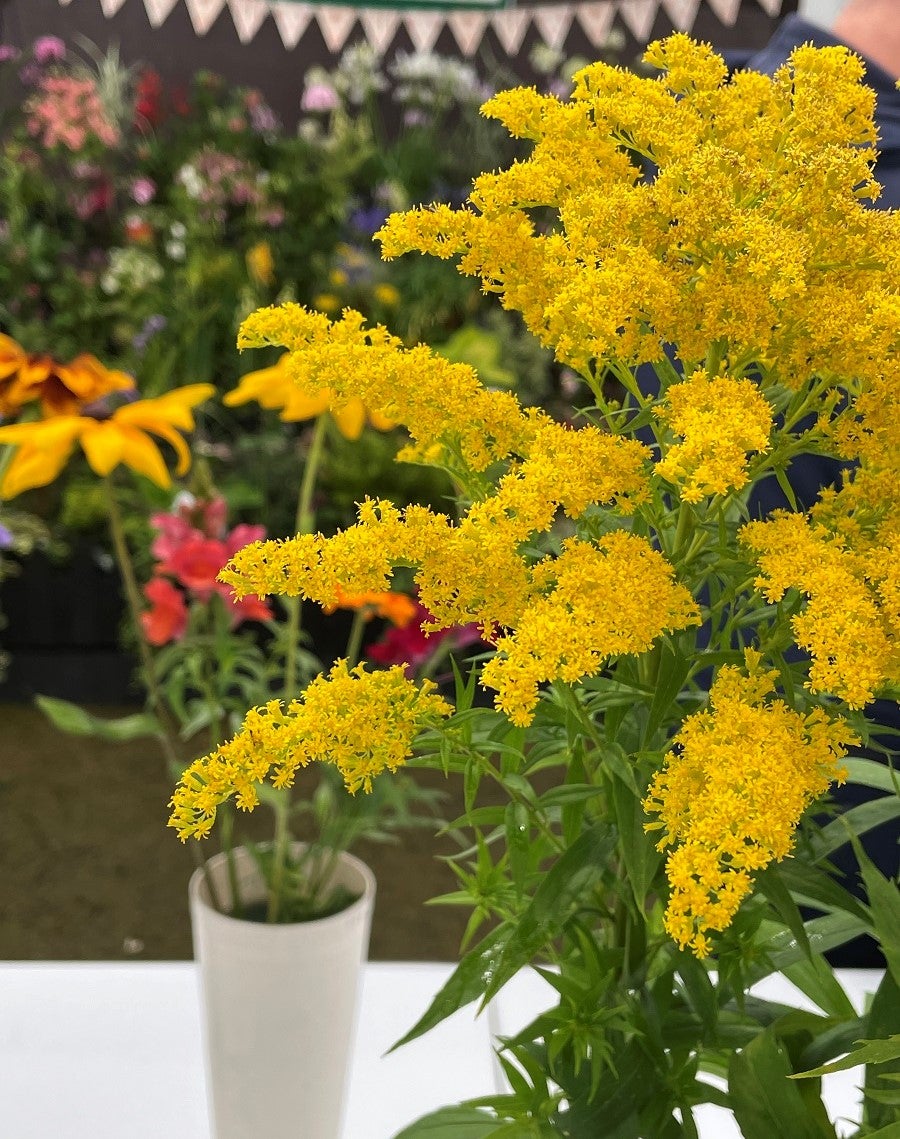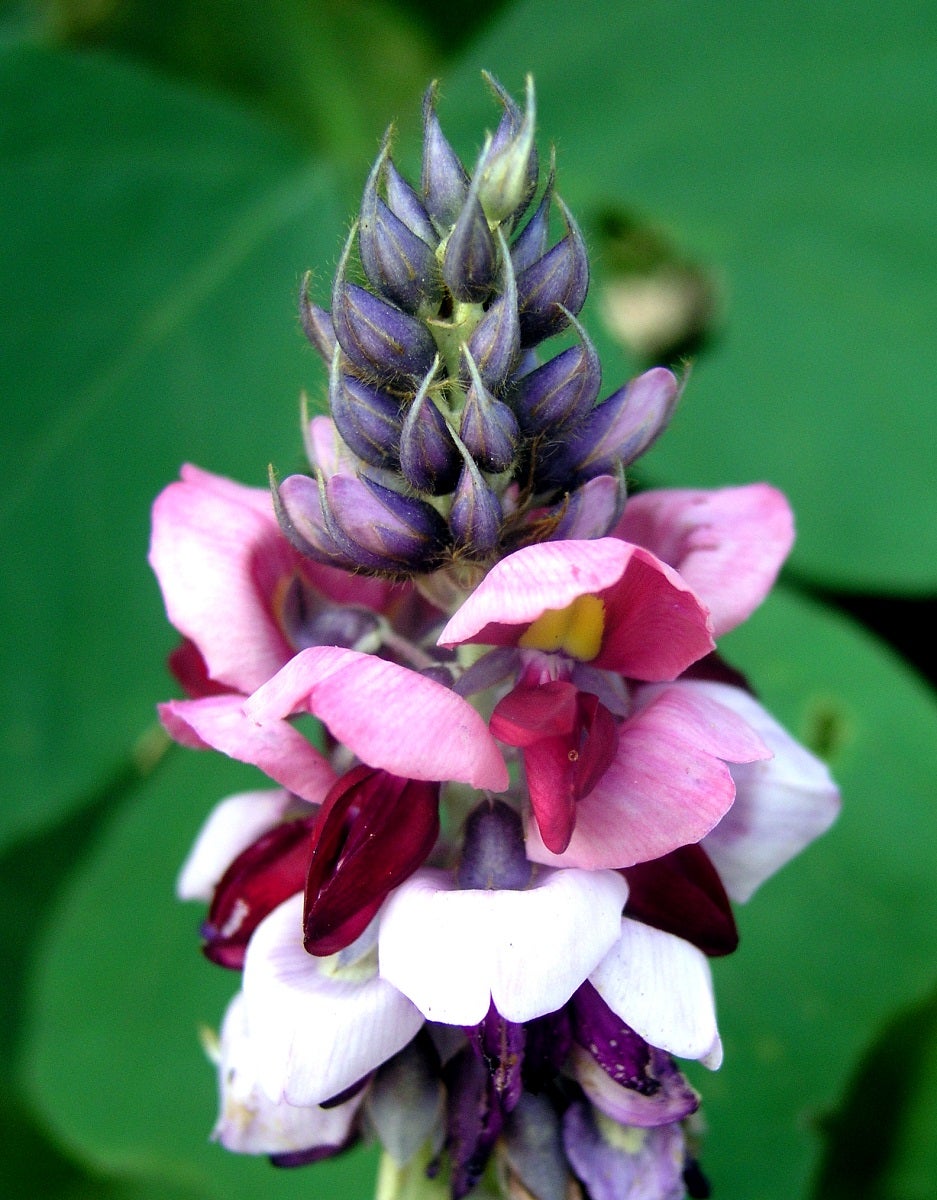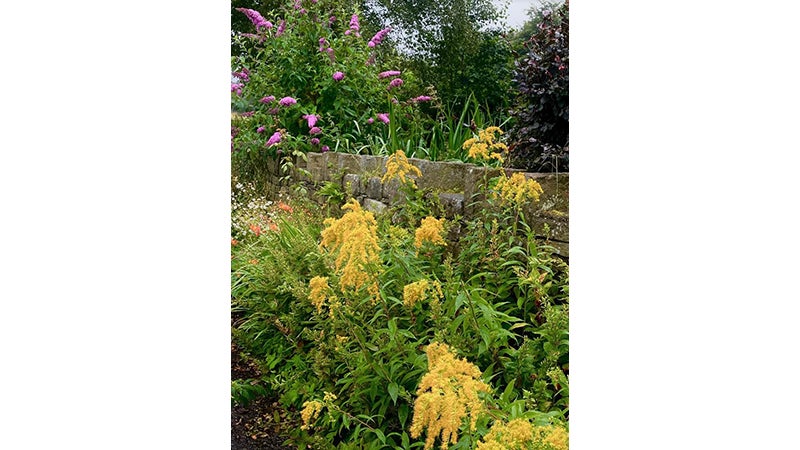Goldenrod and kudzu: Horticultural heroes or vegetative villains
Published 12:00 pm Sunday, August 22, 2021
|
Getting your Trinity Audio player ready...
|
How oiled are the gates to your garden mind? Are you open to enjoying the benefits of weeds?
To those who garden for production or control, weeds are plants growing in the wrong place: a rose in a cornfield, oak beside a sidewalk, lawn grass in flowerbeds. Imported plants that have escaped into the wild, and pollinator-friendly native wildflowers creeping unwanted into a cultivated garden.
On the other hand, as one of my horticulture professors with a whole-world view put it, a weed is “any plant having to deal with an unhappy human.” If it isn’t disrupting your garden, it ain’t a weed.
Take for example two common, very invasive plants with both negative and positive attributes, which means our calling them “weeds” is a matter of place and perception – where they are growing and how we view them.
One is goldenrod, my favorite native perennial. No, you aren’t allergic to this sunflower and dandelion relative, with its heavy, sticky, insect-transported pollen; it’s the wind-blown pollen of ragweed blowing up your sinuses.
The low-maintenance perennial is one of the best pollinator plants, an outstanding cut flower, and quite useful for food and medicine. Though it is spreading across the English countryside, it is still a Top 10 American native in British gardens, sold in an astonishing array of species and cultivars, including smaller, non-spreading Fireworks, Baby Sun, and Golden Fleece. British gardeners simply accept that, like most spreading flowers, it’s easily pulled from where it’s not wanted.
As for the other one, just as heretics were once pilloried for mentioning that our solar system isn’t the only one, I get ostracized when pointing out the uses of a highly prized Asian plant grown deliberately in its homeland: Kudzu.
Yeah, it’s a hard-to-control thug, where people let it get out of control in the first place. First heralded at Pennsylvania’s 1876 Centennial Exposition, it was extolled in all the garden magazines an early 1900s seed catalog offered it as “the most remarkably hardy climbing vine of the age, that should be planted by everyone… The blossoms are somewhat like wisteria and are deliciously fragrant. 10c per packet of seed, or one-year-old plants 3 for 50c…”

And in the 1930s and 40s, against a backdrop of Kudzu Pageants with queens and everything, the Soil Conservation Service called it a miracle plant and was paying farmers today’s equivalent of over $150 an acre to plant it.
Now it’s become a metaphor for all of the South’s societal ills and the USDA is experimenting with insect and fungal bioherbicides against it; agricultural entrepreneurs are renting goat herds to wipe it out.
Yet kudzu yields more (and less expensive) biofuel per acre than corn and is a high protein cattle forage. Its vines are used to make baskets, paper, and fabric (including Japanese kimonos), and there are culinary uses galore: edible flowers, in full perfumy bloom now, make medicinal teas or fragrant pink jelly (one cup dried flowers per pint of jelly), starchy roots provide gluten-free flour, and young leaves and tender vine tips can be eaten like any other greens. There’s even a less-invasive variegated kudzu.
Oh, and did I mention that its root extracts, widely available today as over-the-counter medicines, have been used since 600 AD in China to treat intoxication and alcoholism?
So, are these two plants horticultural heroes, vegetative villains, or both? Just consider that, without humans to say otherwise, there are no “bad” plants, just some that cause problems in the wrong settings.
And remember this, when either gets out of place: If you can’t beat ‘em, eat them.
Felder Rushing is a Mississippi author, columnist, and host of the “Gestalt Gardener” on MPB Think Radio. Email gardening questions to rushingfelder@yahoo.com.






